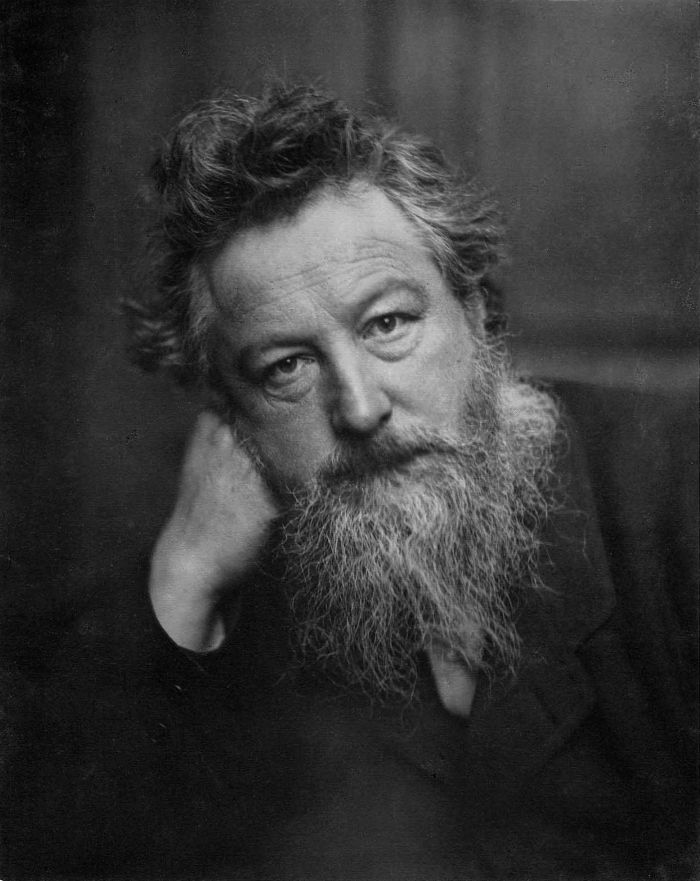More or less……
….. Back in May 2019 the sheer number of new architecture and design exhibitions opening globally allowed us to produce two recommendations lists: one featuring exhibitions with a strong Bauhaus/inter-War Modernism focus, and one more general, less focussed.
Spring forward five months and with the global museum community now fully awoken from their summer slumber we once again find ourselves with a cornucopia of new exhibitions that invites two lists. An invitation we would consider rude to decline.
In May we started with the more general exhibitions and so this time it seemed only fair to begin with new exhibitions in Berlin, Weimar, Cottbus, London W1 and London E17 that explore Bauhaus and inter-War modernism in a relatively wide sense, but then the wider the sense, the more detailed the understanding....
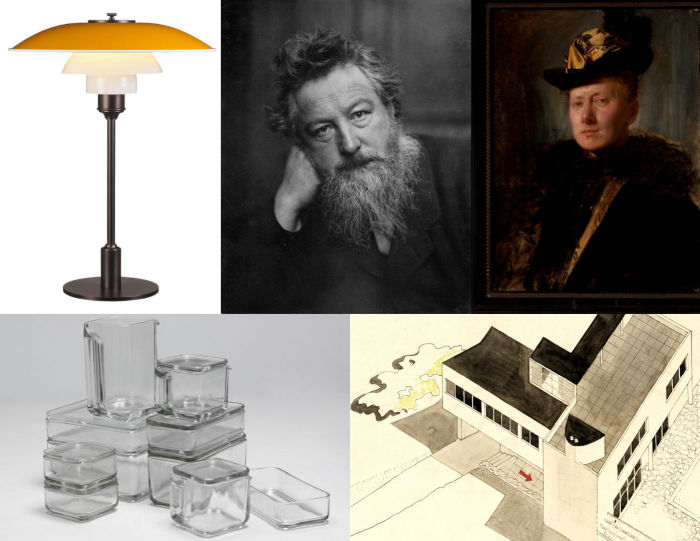
Before we go any further... in the advance texts to Nordic Design: The Answer to the Bauhaus one stumbles across a word starting with "h", ending in "ygge", a short word, but one that despite is brevity winds us up infinitely. And a word at which we normally stop reading any given text. On this occasion we chose to ignore that word, to look beyond the provocation, and focus instead on an exhibition that promises to explore how the ideals developed and propagated by and at institutions such as Bauhaus reflected in Scandinavia. Whereby, we suspect, the "answer" in the title will prove to be "answers": whereas, for example, Poul Henningsen's 1920s lamps could have been born in Dessau, Alvar Aalto's decision for moulded wood over bent metal, for a humanising of modernism, being a rejection of that which so popularly defines the late 1920s; Hans J Wegner pretty much ignored the developments of the period, Arne Jacobsen absorbed them in their entirety and later Verner Panton & Eero Aarnio exploded them. Or did they?
With a principle focus on the 1950s and 1960s in Norway, Denmark, Sweden and Finland, Nordic Design promises to not only allow for differentiated reflections on Bauhaus and the positions of the inter-War modernists, but also the post-War development of architecture and design in Scandinavia. And thereby, hopefully also debunking and exposing the contemporary popularity of that short "H" word for the lazy marketing conceit it is.
Nordic Design: The Answer to the Bauhaus opens at the Bröhan-Museum, Schlossstraße 1a, 14059 Berlin on Thursday October 24th and runs until Sunday March 1st.
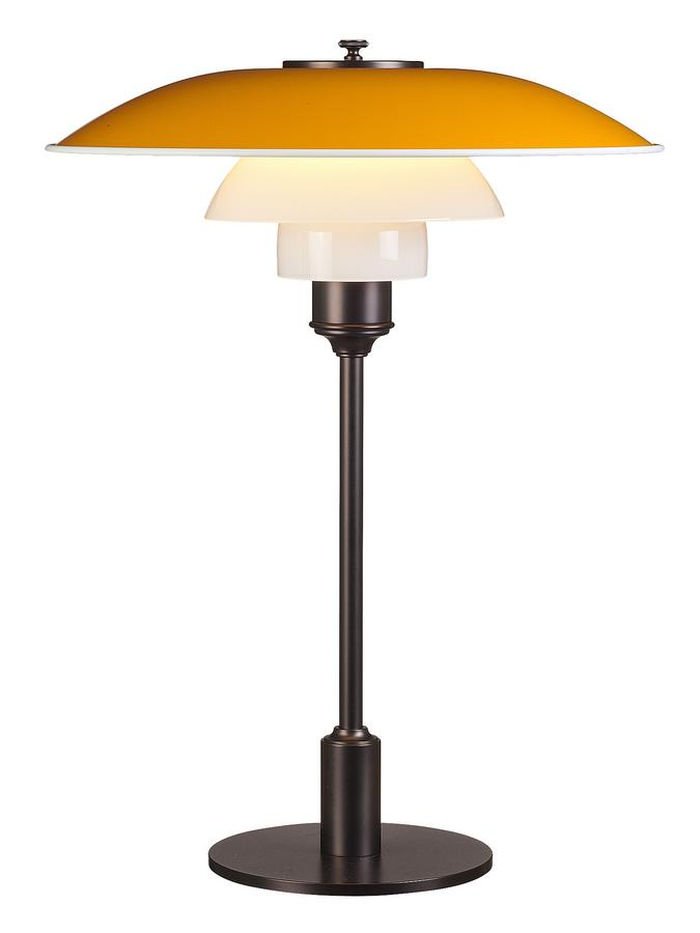
The first female to study at the Weimarer Kunstschule Mathilde von Freytag-Loringhoven is most popularly known today as the owner of Kurwenal, a speaking Dachshund. And for being one of the most prominent critics in Weimar of the Gropius school and its view(s) of the world.
Born in Copenhagen in 1860 Mathilde von Freytag-Loringhoven began studying in Weimar in 1879 under the tutorship of expressionists such as Karl Buchholz, and was subsequently active as an artist, exhibiting throughout the contemporary Germany. In 1913 she began working as a culture critic for the Weimarer Landeszeitung and in which function she established herself as a leading critic of Bauhaus, in the words of the Stadtmuseum becoming the Geißel, the scourge, of Bauhaus: and that importantly in Weimar, not in far off Berlin or Munich, but in Weimar, from the heart of the city of Wieland, Herder, Goethe and Schiller as it found itself becoming the focus, epicentre, of a new tradition.
And thus as an exhibition promises not only to help elucidate and popularise the biography, work and person of Mathilde von Freytag-Loringhoven, but in addition should help underscore that if one considers Bauhaus as a break with accepted convention, then there must have been those who not only objected to the break, considered the break to be a move in the wrong direction, but, who, potentially, felt uncomfortable and alienated by that which was being proposed and developed. And understanding that is every bit as important as understanding what Gropius et al were proposing.
Mathilde von Freytag-Loringhoven (1860-1941) opens at the Stadtmuseum Weimar, Karl-Liebknecht-Str. 5-9, 99423 Weimar on Saturday October 12th and runs until Sunday January 12th
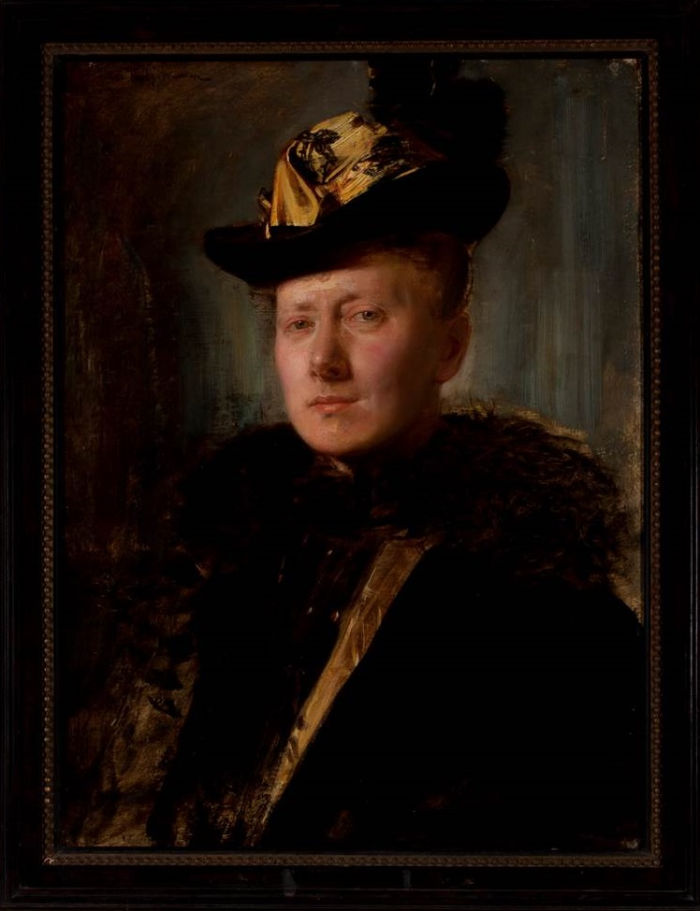
As we oft note, although Bauhaus Weimar and Bauhaus Dessau, and indeed Burg Giebichenstein Halle and the Deutsche Werkstätten Hellerau, are all in eastern Germany, the contribution of eastern Germany to the developments of the inter-War years can be too easily overlooked. For all those in the, allegedly, relatively, Bauhaus-Free Bundesland of Brandenburg: Bauhaus Bauhaus being, arguably, only represented in Brandenburg in form of the ADGB School in Bernau, a project in which Burg Halle were also closely involved. Bauhaus's connections with and influence on Brandenburg were however much more involved, something the Brandenburgisches Landesmuseum für moderne Kunst, BLMK, aim to elucidate and explore with the exhibition Das Bauhaus in Brandenburg.
Beyond an exploration of the connections and influences as expressed through (a) industrial concerns such as the plastics manufacturer Roemmler AG with whom the likes of Christan Dell cooperated or the Vereinigte Lausitzer Glaswerke Weißwasser, arguably best known through their cooperations with Wilhelm Wagenfeld, and (b) more traditional craft enterprises, including the Handwerkersiedlung Gildenhall, a community who counted amongst their members ex-Bauhaüsler such as Else Mögelin, Das Bauhaus in Brandenburg also promises to explore the Brandenburg/Bauhaus interplay in terms of education and publishing.
And therefore should allow not only for an extended understanding of the influence of the Gropius school but also clarify and illuminate the, very real, tangible, contribution of Brandenburg to the discussions and discourses of the inter-War years.
Das Bauhaus in Brandenburg. Industriedesign und Handwerk im Zeichen der Moderne opens at Dieselkraftwerk, Uferstraße/Am Amtsteich 15, 03046 Cottbus on Saturday October 26th and runs until Sunday January 12th
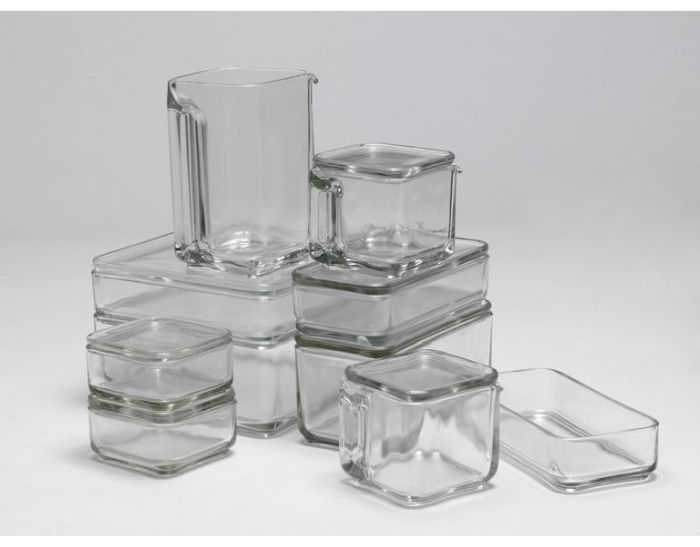
The question if Modernism ever took root in the United Kingdom is a vexed and complicated one.
The one if the Bauhaus ever arrived in the United Kingdom less so: following the Nazis seizure of power numerous Bauhäusler fled Germany for England, the most famous three being arguably Walter Gropius, Marcel Breuer and László Moholy-Nagy, who all lived and worked briefly in London before continuing on to the USA.
Based on a presentation of objects from the Royal Institute of British Architects' own archives, including, according to the RIBA, rarely seen and even more rarely exhibited examples of works by Gropius, Breuer & Moholy-Nagy, Beyond Bauhaus promises to not only explore the work the trio undertook while in exile in England, but also the legacy of their short sojourn on the troubled island, for all as reflected in works by a coming generation of English architects such as Mary Crowley, Maxwell Fry or Sadie Speight. And thereby not only allow for an extended understanding of the Bauhaus legacy, but also of the development of British architecture.
If however it answers the question if Modernism ever took root in the United Kingdom.........
Beyond Bauhaus - Modernism in Britain 1933 to 1966 opens at the Architecture Gallery, RIBA, 66 Portland Place, London W1B 1AD on Tuesday October 1st and runs until Saturday February 1st
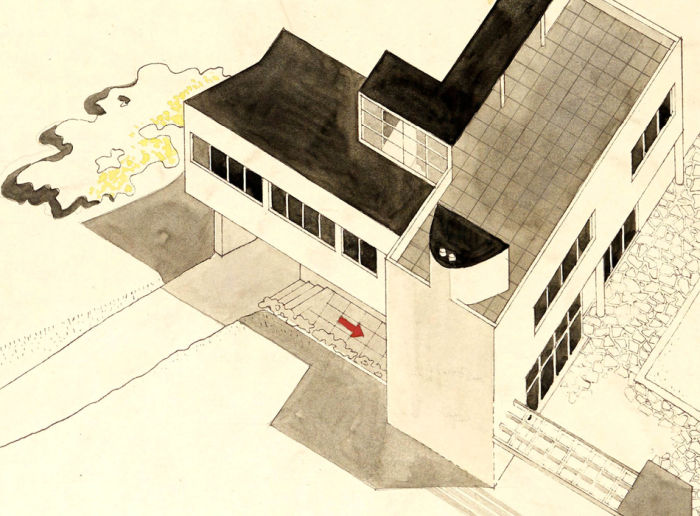
As we all know, Bauhaus and International Modernism were born of myriad impulses that had been developing throughout the course of the late 19th century, among the most important being the English Arts and Crafts movement, a movement most popularly exemplified by the textile designer, author, socialist activist, Icelandic Saga fan, etc, William Morris.
Whereas in its early incarnation Bauhaus Weimar shared much visibly and conceptually with Arts and Crafts by the time Bauhaus reached Dessau those connections, while often still there, were becoming increasingly abstract and distant.
Focussing on what the organisers refer to as "Morris’s key principles" of Unity, Craft, Simplicity and Community, Pioneers promises to juxtapose works by Morris with those realised at Bauhaus by the likes of Gunta Stölzl, Benita Koch or Gerhard Marcks, and thus a presentation and exhibition which in addition to initiating a dialogue between Morris and Bauhaus should also allow ample room for new reflections on both.
Pioneers. William Morris and the Bauhaus opens at the William Morris Gallery, Lloyd Park, Forest Road, Walthamstow, London, E17 4PP on Saturday October 19th and runs until Sunday January 26th
